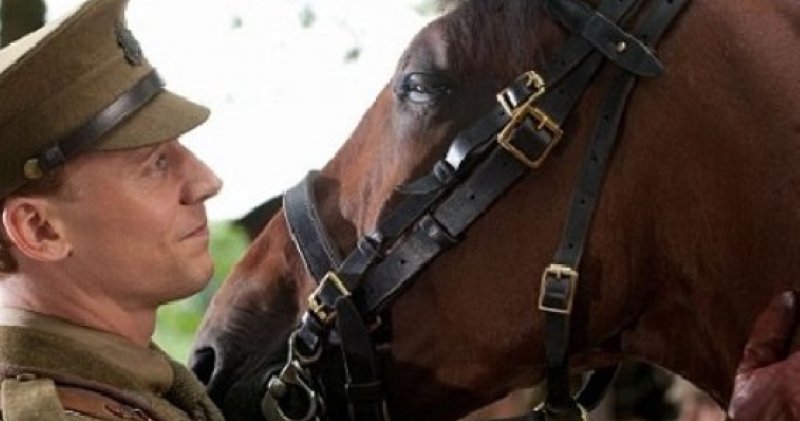
John Balliol abdicated the throne, earning him the nickname of “empty coat.” It was this point that the English occupation of Scotland became a reality and the nation was more or less conquered by King Edward. The Scots fought back at the Battle of Dunbar and were utterly crushed. Upon learning about such a decision, King Edward I of England moved his forces into Scotland and sacked the city of Berwick, seizing control of it and demanding that King John Balliol surrender the rest of his territories.

The response to Edward’s demand was a renouncement of paying homage to the King of England by the Scots and an attempt to secure an alliance with France to wage war against the English.

He levied taxes upon them, which they accepted well enough, but he also demanded that the Scots give military service in the war effort against France. Yet Edward had very little interest in allowing the Scots to live free. A court decided who would be the rightful heir to the throne and by 1292 John Balliol was selected to be the next King of Scotland. The most credible claims were John Balliol and Robert Bruce, grandfather of future king. He was to choose who would take over the throne, but Edward had a condition: he wanted to be recognized the Lord Paramount of Scotland, to which they agreed. To stop this, the King of England at the time, Edward the I, stepped in after being requested to arbitrate by the Scottish nobility. Naturally, many different members of the nobility stepped forward to proclaim their right to the throne, and tensions rose as each man jockeyed for control Scotland was on the brink of Civil War. This daughter, although being just three-years-old, was recognized as Queen of Scots, but she died in 1290 while traveling from her father’s home in Norway back to Scotland, leaving the Scots without a monarch. His only daughter, Margaret, had given birth to just one other daughter, also named Margaret, and then died shortly thereafter.

King Alexander III of Scotland had three children at the time, two sons and one daughter, but by 1286, all three were dead. To understand the story of Sir William Wallace, we must take a look at the political climate of Scotland in 1286. It’s our job as historians to try and figure out if what we believe about this man is truth or mere legend. The scene below comes towards the end of his life, and we have no way of knowing if he ever gave this speech.īut it’s interpretations such as these that have helped entrench William Wallace into our collective memories. William Wallace in Braveheartįor those who haven’t seen it, the film Braveheart chronicles what we know about the man. So, we’re going to dive into what we do know about this legendary man to see if the myths around him can be counted as truth. However, that doesn’t mean we are completely ignorant, and it doesn’t mean he is any less interesting. There are so few historical reliable sources that most of our knowledge is a mere collection of loose facts, myth, and imagination.

His story is one of a man who had his life and his freedom taken from him, and who would stop at nothing to get it back, and this relentless pursuit of freedom and independence in the face of oppression is what has helped turn Sir William Wallace into one of the most famous characters in all of history.īut what do we really know about William? Who was he? When did he live? When and how did he die? And what kind of man he was?Ĭurious students of history would love to know all the answers to these questions, but the truth is that much of his life remains shrouded in mystery. In the clip below, Mel Gibson plays him in the film Braveheart (1995), and it is just one of many examples of how the name William Wallace lives on to this present day. Many people know the name William Wallace.


 0 kommentar(er)
0 kommentar(er)
